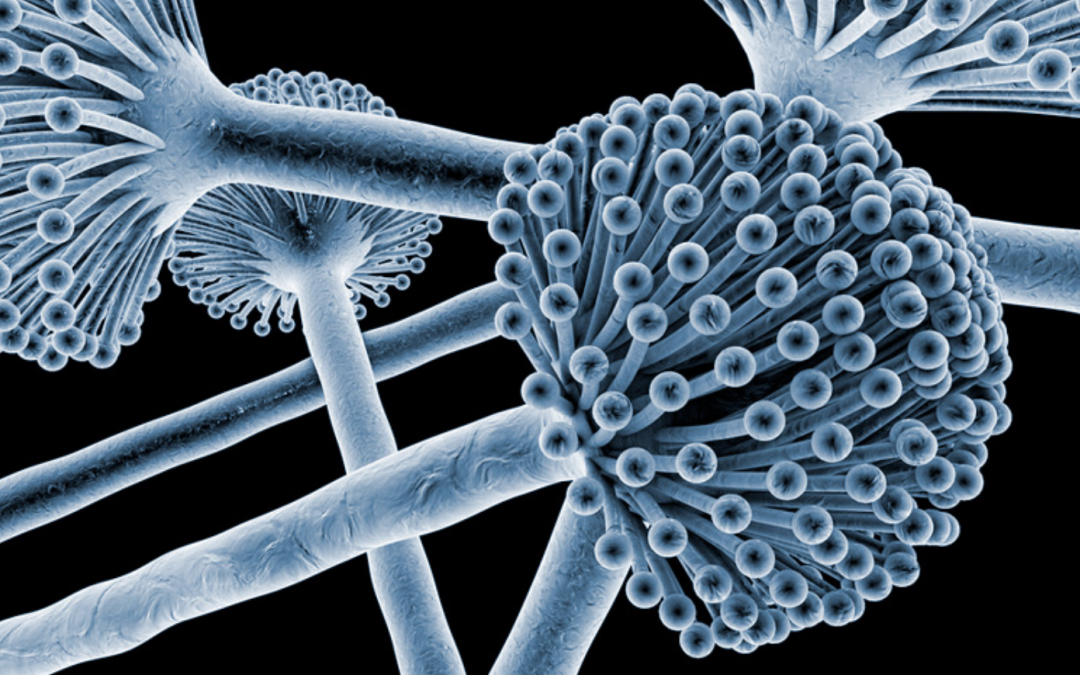The world market for enzymes and compounds obtained from some species of mushrooms is valued at around six billion dollars annually, which is because they are fundamental in the pharmaceutical, textile, paper and food sectors. In order to cover such demand for the enzymes required by the industry, genetic engineering techniques are used, which means that fungi are introduced with DNA from other living organisms; but you do not always get the desired performance.
For this reason, a scientific team from the Center for Applied Physics and Advanced Technology (CFATA) of UNAM, under the charge of Dr. Achim Loske Mehling, of Cinvestav Irapuato, under the responsibility of Dr. Miguel Gómez Lim, works with a system that allows transforming fungi and obtain a high percentage of the compounds that they secrete.
“For this we use state-of-the-art technology with which shock waves are applied to small vials containing fungi and DNA in suspension, a method that has proven to be very effective,” says Dr. Loske Mehling.
The researcher explains that shock waves are pressure pulses generated when a large amount of energy is released in a space and a very short time, something like a miniature explosion.
Applications and achievements
According to Dr. Loske Mehling, mushrooms have been used for decades in various sectors of the industry; in this case the so-called filamentosos (formerly called “molds”). “In fact, one of the main obstacles we had was the one referring to their genetic transformation, because although they secrete enzymes naturally, the efficiency is very low”.
However, by using this technology it is possible to increase efficiency by a significant percentage, and this is of interest to industries because it solves a problem they face when obtaining compounds. “We demonstrate that diverse species of fungi assimilate the genetic information we want and produce substances in much greater quantities,” says the CFATA researcher.
He reports that the first results were obtained with four species of fungi. The first is called Aspergillus niger, used for the production of citric acid, because contrary to what one might think, it is not extracted from fruits such as lemon or orange.
The second, Trichoderma reesei, is used in the production of cellulase, an enzyme that the paper industry needs because of its ability to break down cellulose. The third was Phanerochaete chrysosporium, because it degrades lignin, a substance that is also required for papermaking.
Another fungus they managed to transform is Fusarium oxysporum, which is characterized by severe deterioration in the field. “By genetically modifying it loses its capacity to generate damage and transforms biomass, coming from plants, into ethanol. Its importance in the generation of fuels for the future is indisputable, especially if it is managed with shock waves to increase its productivity “, underlines Dr. Loske Mehling.
He reports that they are working with another species, called Mycosphaerella figensis, a plague in banana plantations, so the transformation would be to inactivate its harmful potential.
source: http://bit.ly/2ql9U5V











